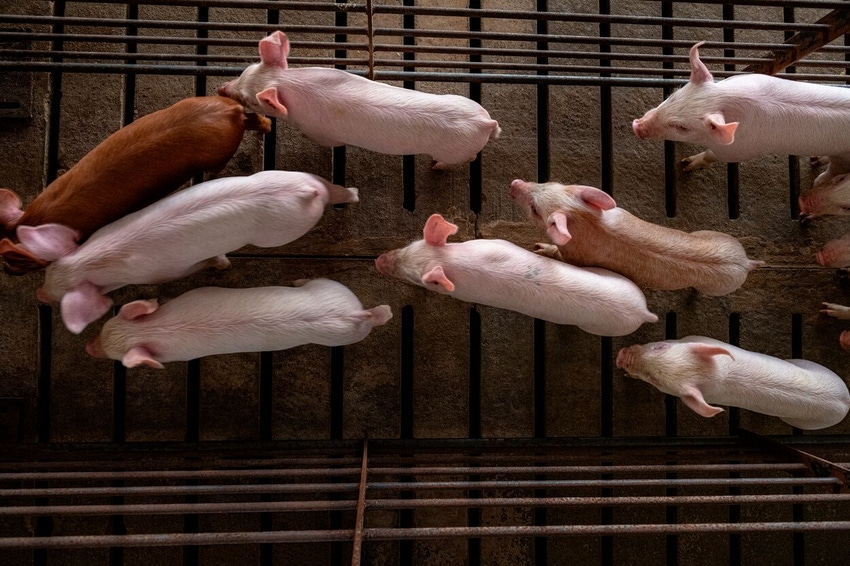U.S. pork producers adopt enhanced swine traceability resolution
High-risk swine from a traceability perspective would be required to be tagged with an AIN RFID tag.
March 8, 2024

This week U.S. pork producers approved a resolution to enhance the country’s live swine traceability system during the 2024 National Pork Industry Forum hosted by the National Pork Producers Council.
“Traceability is a priority for the industry and has been for decades," said Lori Stevermer, incoming NPPC president and Minnesota pork producer. "These standards will improve our ability to control the spread of a foreign animal disease and lessen the economic impact of an outbreak should one occur."
In 2022, a producer-led task force brought together stakeholders throughout the pork supply chain to identify and address current gaps in the live swine traceability system. This task force offered a series of comment periods for producers to provide input on the enhanced standards. That process resulted in the following recommendations:
All swine owners would need to register for a premises identification number (PIN).
High-risk swine (from a traceability perspective), including cull breeding stock and show/exhibition stock, would be required to be tagged with an AIN (animal identification number) RFID (radio frequency) tag.
Producers would be asked to record consistent data points, including PIN of origin, PIN of destination, date of movement, animal type, and any official identification that is present. Producers would be asked to record this data electronically within three business days.
Movement data would be reported to a centralized database following the detection of a trade-limiting disease.
Semen would require a label with the PIN of the source herd.
Cull markets and packing plants would use tattoo numbers unique to each facility.
“Industry delegates at Pork Forum took a proactive step to protect animal health and producers’ livelihoods. An outbreak of a foreign animal disease in the United States, such as African swine fever or foot-and-mouth disease, would result in the immediate suspension of pork exports from the U.S., which totaled over $8.2 billion in pork and pork products last year,” said Scott Hays, NPPC president.
The approved standards will be submitted to the USDA for inclusion in the regulations mandating live swine traceability. To learn more about these standards, listen to our interview from Pork Forum with Anna Forseth, director of animal health for the National Pork Producers Council.
You May Also Like



